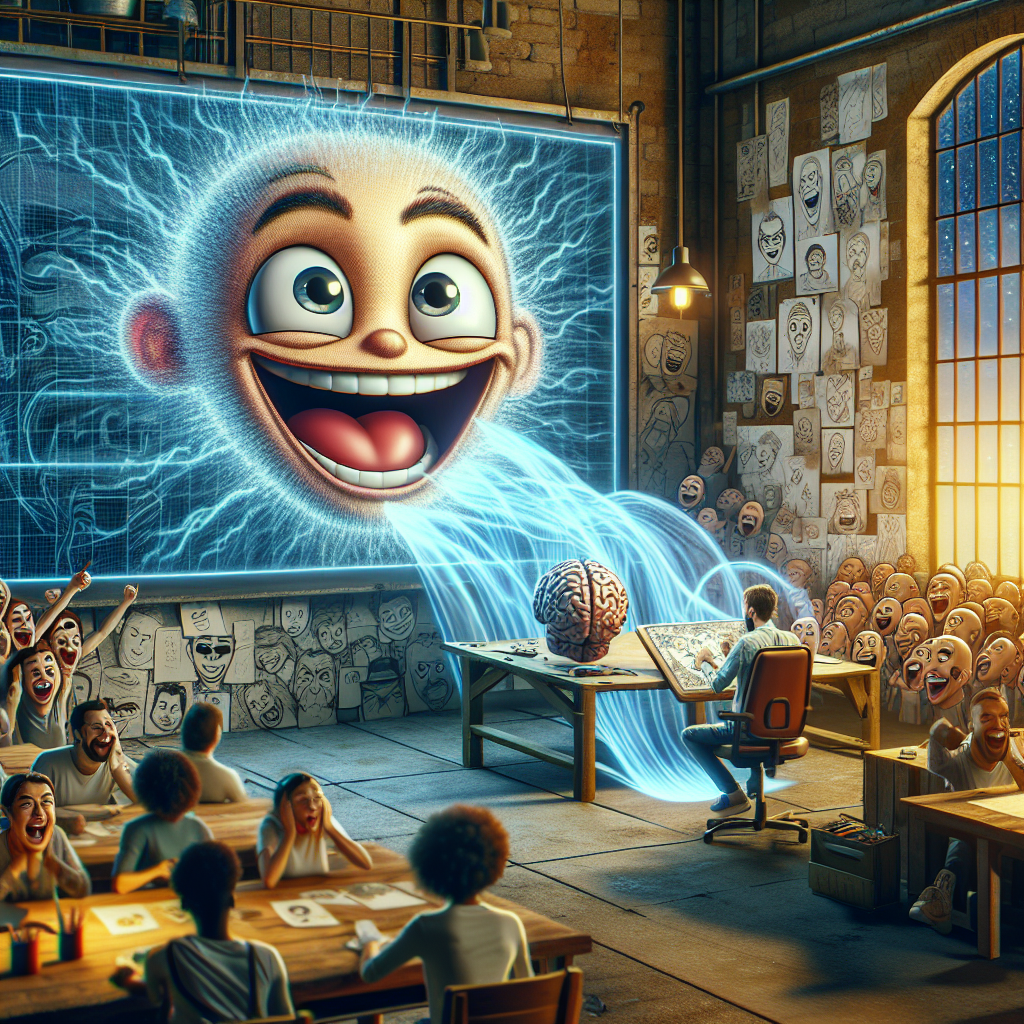Imagine this: you’re watching your favorite cartoon and suddenly, you see a character whose face you can’t help but feel connected to. That character feels like a friend, a confidant, someone you can relate to on a deeper level. Have you ever wondered why certain cartoon faces have such a profound impact on audiences? In this article, we’ll explore the fascinating world of connecting with viewers through the power of cartoon faces.
The Magic of Character Design
Character design is a crucial aspect of creating a successful cartoon show. The way a character looks can determine how audiences perceive them and how they connect with the story. From the shape of their eyes to the curve of their smile, every detail plays a role in capturing the viewer’s attention.
When designing a character, animators often consider factors such as color, shape, and expression to convey personality traits and emotions. A well-designed character can evoke empathy, humor, or even fear in the audience, creating a lasting impression that resonates long after the show is over.
The Power of Expression
One of the key elements of a cartoon face that resonates with viewers is its ability to express a wide range of emotions. From joy to sadness, anger to surprise, the versatility of facial expressions allows characters to connect with audiences on a deeper level.
When a character’s face reflects the same emotions that viewers are experiencing, it creates a sense of empathy and understanding. Viewers feel like they are going through the same journey as the character, forging a strong emotional bond that keeps them invested in the story.
The Role of Personalization
Personalization is another essential component of connecting with viewers through cartoon faces. When a character’s features resemble those of the audience, viewers are more likely to see themselves in that character and feel a sense of familiarity and belonging.
Whether it’s the color of their eyes, the shape of their nose, or the style of their hair, small details can make a big difference in how viewers relate to a character. By incorporating elements that resonate with the audience’s own experiences, animators can create a more engaging and immersive viewing experience.
The Influence of Animation Style
Animation style also plays a significant role in shaping how viewers connect with cartoon faces. Different styles, such as 2D animation, 3D animation, or stop-motion, can evoke different emotions and reactions from audiences.
For example, the fluid movements of 2D animation can create a sense of nostalgia and warmth, while the lifelike details of 3D animation can make characters feel more tangible and real. Each style has its unique appeal and can impact how viewers perceive and engage with the characters on screen.
Conclusion
Cartoon faces have a remarkable ability to connect with audiences on a deep and emotional level. Through character design, expression, personalization, and animation style, animators can create characters that resonate with viewers and leave a lasting impression. By understanding the impact of cartoon faces, creators can craft stories that captivate and enthrall audiences, making for a truly unforgettable viewing experience.
FAQs
Q: How do cartoon faces influence audience engagement?
A: Cartoon faces can influence audience engagement by evoking emotions, fostering empathy, and creating a sense of connection between viewers and characters.
Q: Why is personalization important in character design?
A: Personalization is important in character design because it allows viewers to see themselves in the characters, fostering a sense of relatability and connection.
Q: What role does animation style play in connecting with viewers?
A: Animation style can impact how viewers perceive and engage with characters, influencing the overall viewing experience and emotional connection with the story.








+ There are no comments
Add yours